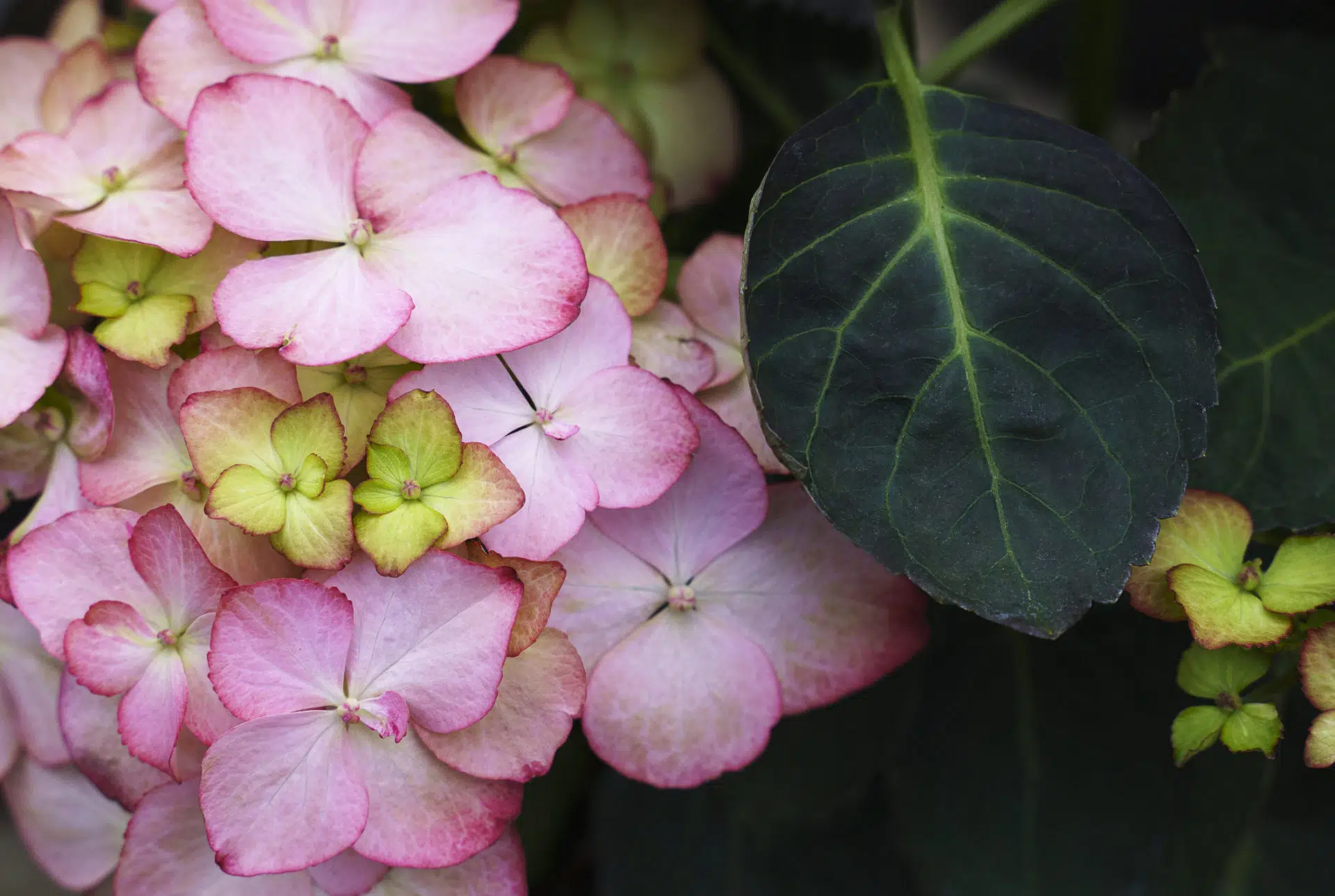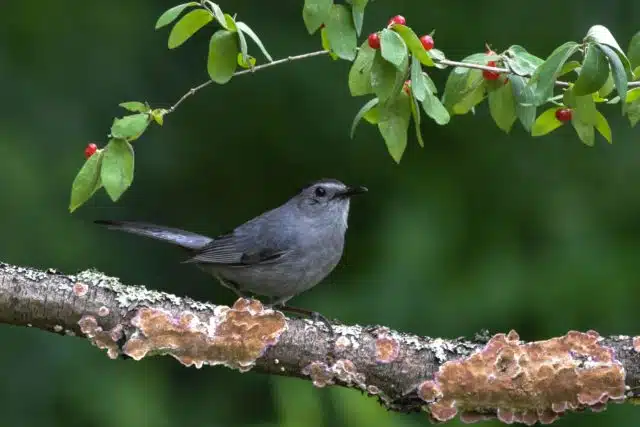Birds
Gray

Looking for something in particular? Click here to search.

Setophaga coronata
Yellow-rumped Warbler
Voice: Song- high-pitched musical trill with a variable ending. Call-the common call is a dry check. Yellow-rumped warblers, other wised known as butter butts, are one of the first migrant... more

Troglodytes troglodytes
Winter Wren
Winter wrens were first described in 1758 by Carolus Linnaeus a Swedish botanist, physician and zoologist. It is the only wren to be found outside the Americas, occurring also in... more

Sitta carolinensis
White-breasted Nuthatch
Voice: Males late winter and spring low-pitched wha-wha-wha. Year round, both sexes loud, nasal yank repeated a few times in a row. White-breasted nuthatches are common feeder birds found year... more

Baeolophus bicolor
Tufted Titmouse
Voice: Song: Peter, Peter, Peter; Call: scratchy scolding tsee-day-day-day Tufted Titmice are common in deciduous or mixed evergreen deciduous forests below 2,000 feet in elevation. They typically like areas with... more

Arcilochus colubris
Ruby-throated Hummingbird
Voice: Males sing a constant series of monotonous chips early in the day. Both sexes make high chips and speaks while in flight or being chased. Ruby-throated hummingbirds are found in open deciduous woodlands of... more

Cardinalis cardinalis
Northern Cardinal
Voice: Repetition of short whistled phrases with some notes run together; sounds like birdy, birdy, birdy. Northern cardinals are probably the most easily recognized birds in Northeastern United States. They... more

Bubo virginianus
Great Horned Owl
Voice: hoo- hoohoohoo----hoo-hoo. Females produce higher pitched hoots. Great Horned Owls are the largest and most powerful of the common owls in Northeastern Ohio. They are found year round in... more

Dumetella carolinensis
Gray Catbird
Just as their common name implies, gray catbirds are gray in color and have a call which sounds like a cat’s mew. They belong to the genus Dumetella, which means... more

Megascops asio
Eastern Screech-Owl
Voice: Both males and females. Males deeper voice Song: descending whinny like horse “nay” Call: soft hoots to loud barking calls; screeches with metallic beak click Eastern screech-owls are common owls in woodland areas... more

Tyrannus tyrannus
Eastern Kingbird
Common and noticeable in summer, eastern kingbirds are often seen perched on a tree branches or fence posts in fields or along forest edges where water is present. They are... more

Junco hyemalis
Dark-eyed Junco
Voice: Song: Musical long dry trill Call: Chip note in series Dark-eyed juncos are thought of as the "snowbirds" of the temperate zone. Over most of the eastern United States... more

Polioptila caerulea
Blue-gray Gnatcatcher
Voice: Song: series of thin notes which may contain mimicry notes of other birds; Call: soft, nasal “Spee, Spee.” Blue-gray gnatcatchers are the northernmost occurring species of gnatcatcher family, and... more

Strix varia
Barred Owl
Voice: 8–9 notes, described as “Who cooks for you? Who cooks for you-all?” Traditionally known as the “swamp owl,” the barred owl is an inhabitant unbroken oldgrowth wet forests. Barred... more




